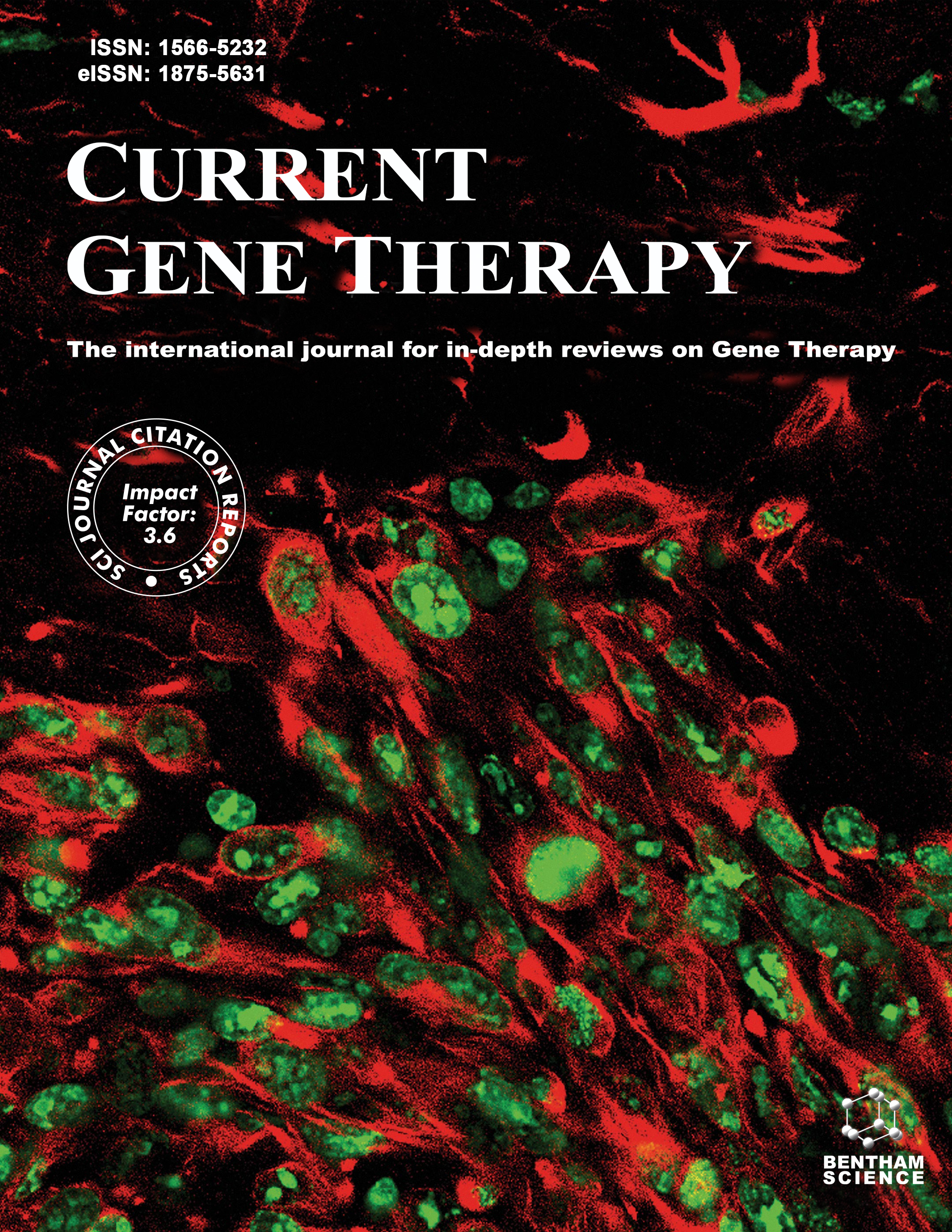-
oa Meganucleases and Other Tools for Targeted Genome Engineering: Perspectives and Challenges for Gene Therapy
- Source: Current Gene Therapy, Volume 11, Issue 1, Feb 2011, p. 11 - 27
-
- 01 Feb 2011
Abstract
The importance of safer approaches for gene therapy has been underscored by a series of severe adverse events (SAEs) observed in patients involved in clinical trials for Severe Combined Immune Deficiency Disease (SCID) and Chromic Granulomatous Disease (CGD). While a new generation of viral vectors is in the process of replacing the classical gamma-retrovirus-based approach, a number of strategies have emerged based on non-viral vectorization and/or targeted insertion aimed at achieving safer gene transfer. Currently, these methods display lower efficacies than viral transduction although many of them can yield more than 1% engineered cells in vitro. Nuclease-based approaches, wherein an endonuclease is used to trigger site-specific genome editing, can significantly increase the percentage of targeted cells. These methods therefore provide a real alternative to classical gene transfer as well as gene editing. However, the first endonuclease to be in clinic today is not used for gene transfer, but to inactivate a gene (CCR5) required for HIV infection. Here, we review these alternative approaches, with a special emphasis on meganucleases, a family of naturally occurring rare-cutting endonucleases, and speculate on their current and future potential.


